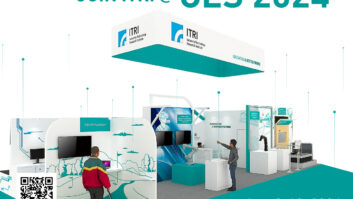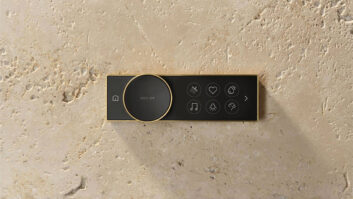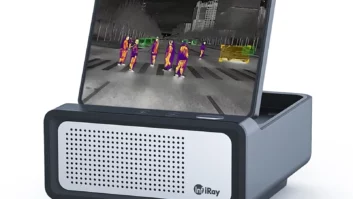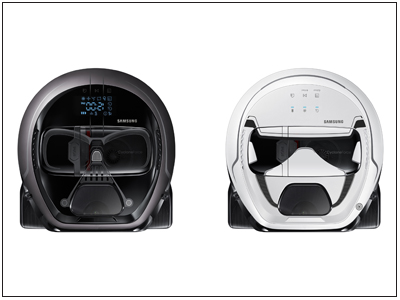
Throughout the last year, the retail and online landscape for robotic vacuums has greatly changed with new brands entering retailers’ assortments, as well as existing brands expanding the types of features offered.
Through new enhancements and expanding price bands, manufacturers are transitioning vacuuming from a weekly, and sometimes daily, chore to a simple click of a button or touch on a screen for just about any member of the household. And while upright vacuums still represent the greatest shelf share at many retailers, the tide is shifting, pushing robotic vacuums into a new day and age.
A Brief History of the Robotic Vacuum
In 1996, Electrolux offered the very first robotic vacuum, Tribolite. However, the device presented some problems that resulted in rooms not being completely vacuumed, defeating the purpose of owning a vacuum. As expected, Electrolux discontinued production, leaving the segment untapped by any brand. Dyson took a gander in 2001, but due to its production costs never made it to mass market.
Stay up to date on CES 2019 with one-click access to our CES Hub!
Soon after, iRobot entered the scene, offering a device that would forever change the way people think about vacuuming. Since the brand released its first Roomba in 2002, it has maintained the lion’s share of the retail shelf, accounting for approximately 52 percent of all robotic vacuums in the retail channel as tracked by Gap Intelligence, and continues to ride off of its brand recognition as the first successful robovac brand.
That being said, over the last two years an increasing number of brands have entered the robotic vacuum market, creating a greater level of competition within a segment that still targets a relatively limited, niche consumer group. As expected, pricing has started to spread out with vacuums targeting those with a lower level of disposable income and robotics targeting the higher-end consumer.
However, while a cookie-cutter vacuum may be exactly what some people want, others expect a great deal more from a robot. Initially, brands could impress the masses with improved charge times, new brush roll systems, or enhanced mapping technology. These features remain impressive and are likely drawing some, but tech-savvy individuals are likely seeking features that create a unique, unexpected offering.
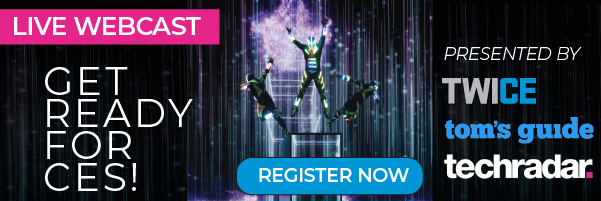
The desire for products that “do more” is not unique to vacuums, and also extends to major home appliances. Manufacturers and brands largely tout their ability to create a seamlessly integrated smart-home ecosystem, and vacuums, whether robotic or otherwise, are a crucial piece in the matrix. To that end, Samsung and LG are expected to include their robotic vacuums as one piece of their respective SmartThings and ThinQ smart-home ecosystems at CES next month.
“The Jetsons” Age
At CES 2019, robotic vacuum exhibitors are showcasing their recent technologies, demonstrating how their devices address a wider range of what consumers want. Attendees can expect to see robotic vacuums that vacuum and mop, robotic vacuums that more efficiently map your floor plan, as well as vacuums that empty themselves. Some brands have even taken it one step further by including handheld vacuums within the robotic vacuum docking station, making the offering a one-stop shop that allows users to clean up spontaneous messes without having to program or command their robot. Brands are expected to demonstrate that they are listening to their customers by addressing certain needs that ultimately align with their brand messaging.
iRobot and Ecovacs are likely to compete for attention at this year’s show as each brand offers a self-emptying charging dock. However, Ecovacs’s Deebot R98 has the most to prove, as it allows users to vacuum and mop with their robot, as well as spot clean with an included handheld device, all for a lower price. Robotic vacuums are more fully equipped, allowing customers to make vacuuming as autonomous or interactive as they want, and placing the power back in the hand of the user. CES visitors can expect to see the aforementioned devices in action on the show floor as both brands are attending.
Looking Ahead
As brands continue to enter with their versions of robotic vacuums, our hope is to see exhibitors at CES 2019 showcase technology that ties solar power into their robotic models. Solar panels would allow users to charge with light bulbs as well as natural sunlight, therefore allowing for a relatively free energy source. Not only would this save consumers money on their energy bills over time, but this would help address climate change, the prevention of which requires drastic changes in everyday energy consumption.
Additionally, for consumer who are more concerned with aesthetics and space required to store their vacuum, this further eliminates the need for additional equipment cluttering their walls and taking up a slot on their power outlets.
Ashley Levy is an associate analyst at Gap Intelligence.
Stay up to date on CES 2019 with one-click access to our CES Hub!






